Featured Blog | September 2013
At the beginning of the summer, I started a creative project. I wanted to make collages with old family pictures — and I had a lot of old pictures to work with. Boxes upon boxes. More than one storage unit full. The project seemed wide open. I could use some embroidery, or parts of handwritten letters, or anything else I wanted. There were portraits, candid shots, and tintypes, from the 1880s to the 1980s. But the more I sorted through all those possibilities, the less I knew where to start. For a while, I gave up.
Some might say I was not being very creative. Maybe my work ethic wasn’t strong enough. Maybe I spent too many years in schools that emphasized “right” or “wrong” answers. But I think my reason for being stuck was simpler, and more basic to the nature of creativity: I needed a box before I could think outside of it.
When I started taking foundations courses in art school, this was something I noticed in every class. The professors would assign projects that, despite being open-ended, still involved a list of requirements and boundaries. For most, the requirements were a helpful jumping-off point. But usually at least one student would protest, because they had a project in mind that didn’t fit the outlined assignment — and this is art school, right? Why are we being limited?
Reluctantly they would think up a different idea to turn in. And almost every time, the project they turned in was more compelling than their original idea.
There are a lot of reasons why limits produce more compelling work than total freedom. For one, it forces you to keep brainstorming when otherwise you might pour energy and resources into one of the first ideas that come to your head. Like pruning a rose bush, limits can cut off the less-worthwhile endeavors and open up space to develop better ones.
Sometimes our limits are rules of the medium — for example, a sonnet is always fourteen lines in iambic pentameter, and one of a few standard rhyming schemes. Even if you only learn the rules so you can break them, your creative work will benefit from a mastery of traditional forms or classic techniques.
But the reason I got stuck when I tried to collage wasn’t that I needed to learn formal rules of collaging — it was that I lacked direction.
Endless options can be paralyzing. Does this sound familiar? Someone says to you, “draw something.”
“What should I draw?” you ask.
“Anything! Something cool.”
Even if you don’t sit and stare at the blank page until someone gives you a more specific prompt, chances are you draw a personal standard, your go-to doodle. Chances are, without a nudge in some direction, you won’t take a risk or suddenly think of a new idea.
When my deadline came and I needed to produce that collage work, I found myself creating the limits I needed. I will only use portraits of my grandparents and their immediate family. I will make twelve pieces in standard-size frames, to be displayed on a table. One might say I simply started making decisions. But that’s really what a constraint is: an aspect that has already been decided.
And when one aspect has already been decided, it’s easier to move forward and focus your energy on creating something unexpected. Instead of thinking about these constraints as a denial of creative freedom, we can think of them as a challenge to be solved.
Limits have the potential to stimulate more creativity than they stifle — let them.
Aubrey Allison is about to graduate with a BFA in Writing from the Savannah College of Art and Design. When she's not writing or reading, her hobbies include photography, embroidery, and cutting out pictures from magazines. Aubrey is a native of Dallas, Texas, and she has sold her artwork in gallery shows in France and the United States. She is Ruminate Magazine's Web Editor. Her favorite things to write about are a small town in East Texas and the intersection of faith and art. She likes strong coffee, shoes that are silent when she walks, and the smell of old books. Find her artwork and more of her writing at aubreyallison.com.



